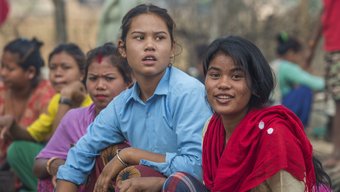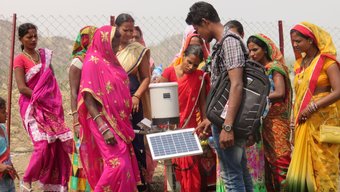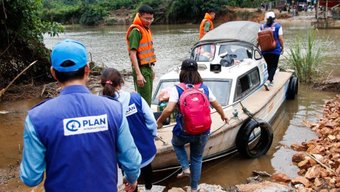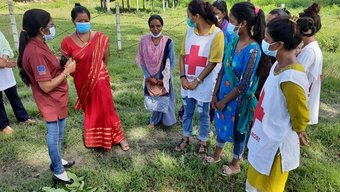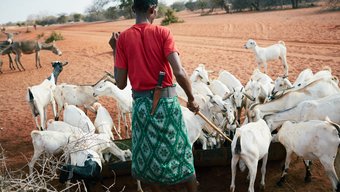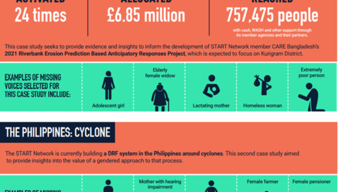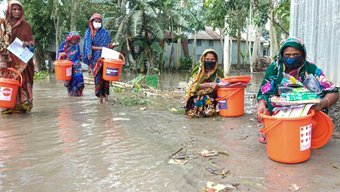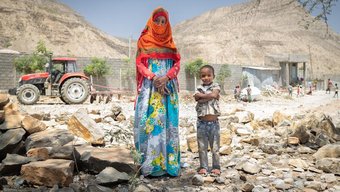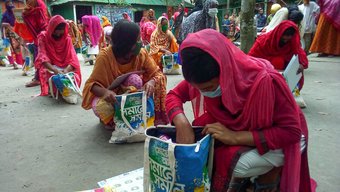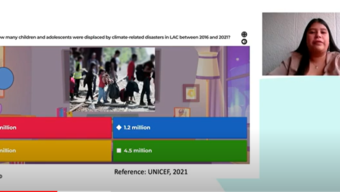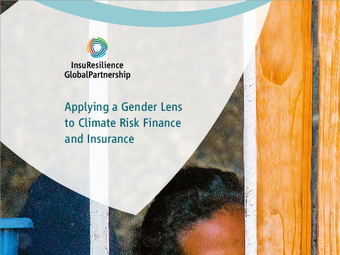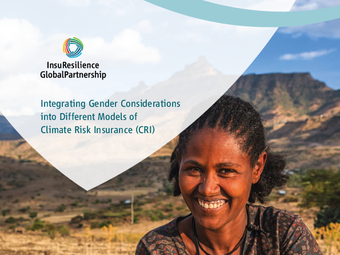Categories
Protection, gender and inclusion in anticipatory action
A person’s sex, gender identity, age, physical ability, race, nationality and many other factors can influence how they are vulnerable to, and affected by disasters, conflicts, and crises. They can also affect their abilities to adapt, respond, and recover.
For instance, in disasters, women and children are 14 times more likely to die than men. Disasters also often exacerbate prevailing inequalities, exacerbate dispossession and marginalization. This can be seen in the increase in incidences of sexual and gender-based violence (SGBV), violence against children and trafficking in human beings during and after emergencies. Gender roles and dynamics also influence who has access to early warning, as well as early action interventions. Early warning messages are typically less likely to reach women than men, and in most cases are not adapted for children. Lessened access and participation mean that the overall needs and concerns of women, children and other marginalised or vulnerable groups are not taken into account. They have fewer options to prepare and take action to protect themselves and their livelihoods, and build their resilience ahead of emergencies.
Effective early warnings and anticipatory action systems can support and strengthen the ability of groups facing different risks to mitigate the impacts, better cope with shocks, and address any issues of discrimination. Comprehensive analyses of vulnerabilities, risk factors, and coping strategies can be used to inform protective, gender transformative, and inclusive outcomes.
- Protection means addressing violence and keeping people safe from harm.
- Gender and diversity is about addressing discrimination and understanding people's different needs, risks, and capacities.
- Inclusion means actively addressing exclusion by meaningfully involving and engaging excluded and hard to reach people in our work.
Early actions should be tailored and prioritised to ensure that we reach all people effectively and in a non-discriminatory and equitable manner. Our work must ensure dignity, access, participation, and safety for all people affected by disasters and crises.
Although there is increasing recognition of the importance of integrating protective, gender-transformative, and inclusive approaches in Anticipatory Action, these are not yet consistently applied and typically lack the capacity, resources and monitoring mechanisms to ensure successful prioritisation and implementation. There is a growing need to further embed those dimensions in Anticipatory Action approaches.
The knowledge resources below highlight the recent studies and applications of protective, gender-transformative, and inclusive approaches in Anticipatory Action.
Working group
The Anticipation Hub is hosting regular Working Group meetings on Protection, Gender, and Inclusion in Anticipatory Action.
Visit the working group page hereFurther information
Please get in contact with us should you want to share knowledge resources on those topics, or engage in knowledge exchange activities.
Contact
Kirstin Lange
Programme Specialist (Disability Inclusive Humanitarian Action)UNICEF
Raise your QuestionPicture by IFRC


